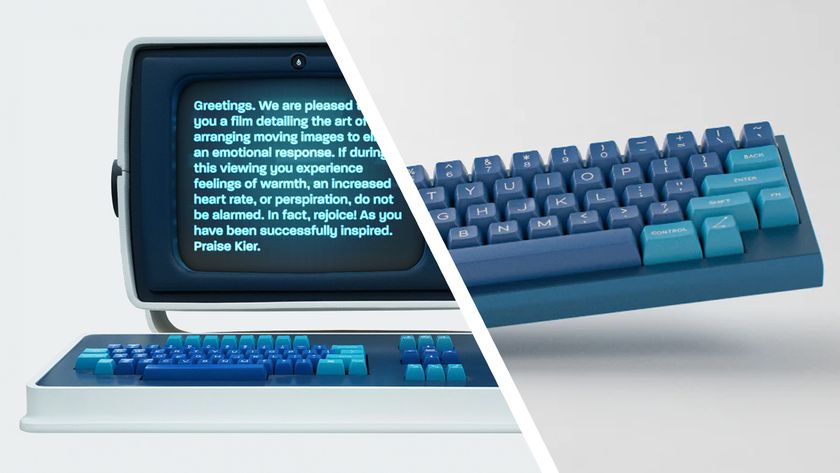How NASA captured Jupiter in stunning 4K Ultra HD
Hubble's 8 million-pixel images of Jupiter's Great Red Spot are a sign of things to come
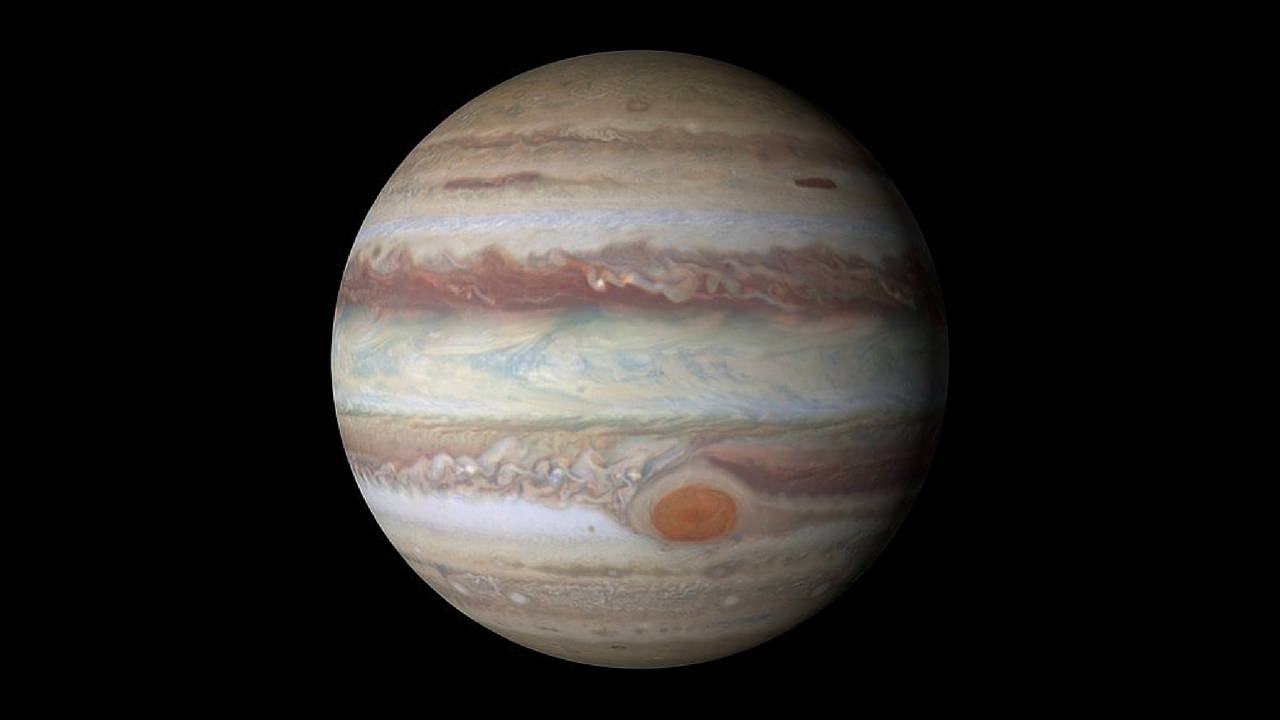
Main image: Hubble has created a giant 4K rendering of Jupiter. Image credit: NASA/ESA/Goddard/UCBerkeley/JPL-Caltech/STScI
4K Ultra HD may not be changing the world just yet, but it's already changing astronomers' understanding of other worlds. As part of NASA's plan to embrace 4K video across all platforms, the Hubble Space Telescope's Wide Field Camera 3 (WFC3) recently produced two reels of Jupiter's Giant Red Spot rendered in 3840 x 2160 pixels.
The stunning images, which can be viewed here and downloaded here as a 10.2GB MOV file, show the huge planet rotating almost twice. The extra detail in the images of the planet's 150-mile long permanent storm have helped astronomers find a 'wave cloud' first detected by the Voyager 2 probe in 1970s.
Tantalizing hints
"Every time we look at Jupiter, we get tantalizing hints that something really exciting is going on," said Amy Simon, a planetary scientist at NASA's Goddard Space Flight Center in Greenbelt, Maryland. "This time is no exception."
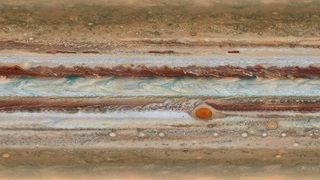
The two Ultra HD video maps of Jupiter rotating have not only helped Simon and her colleagues calculate the speeds of Jupiter's winds, but have revealed a wave just north of the planet's equator where cyclones form, as well as a twisting 'streamer' in the core of the Great Red Spot that had never been noticed before. The 3840 x 2160-pixel videos also helped confirm that the Great Red Spot is continuing to shrink.
As part of the same Outer Planet Atmospheres Legacy program – designed to help scientists understand the atmospheres of Earth, the giant planets, and exo-planets now being discovered around other stars – similarly detailed videos of Neptune and Uranus will follow. There are also plans to produce videos of Saturn.
WFC3 and 4K video
Installed back in 2009 by astronauts on the Space Shuttle Atlantis – the last time Hubble was, and will ever be, serviced – WFC3 can image in both visible ultraviolet and near-infrared (which is radiation, visible to humans only through night-vision goggles). For the former, a regular 16-megapixel CCD, like those found in digital cameras (only of far higher sensitivity and with lower noise), was provided by UK-based tech company e2V. A less detailed image is possible in near-infrared (just a megapixel), but it lets WFC3 'see' a broad range of wavelengths.
Get daily insight, inspiration and deals in your inbox
Sign up for breaking news, reviews, opinion, top tech deals, and more.
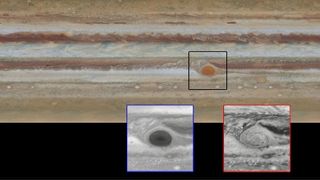
Although it gives 35 times more detailed images than prior to 2009, and can help to produce Ultra HD video, WFC3 is merely a stop-gap until NASA completely replaces Hubble by launching the James Webb Space Telescope in 2018. Will the James Webb be more powerful? Just a bit: with 100 times more detailed images, the new telescope will see back in time to the very edge of the universe.
NASA plans a 4K TV channel
As reported back in September, NASA is planning a dedicated 4K TV channel in partnership with Harmonic. The 4K videos from Hubble are part of NASA's preparation for the channel's planned launch on 1 November, which will include hi-res images and 4K video remastered from the original film of historical missions like Apollo. However, NASA already has its own YouTube channel, which contains 4K images from the ISS and more.
ESA astronaut Alexander Gerst took some stunning time-lapse videos of the Northern Lights, star trails and more – all in 4K Ultra HD – while on the International Space Station last year. The videos were made from stills shot once per second and played at 25 frames per second.
Biggest image ever
However, the space community has already gone way beyond Ultra HD. The prize for the biggest image ever goes to astronomers at the Ruhr-Universität Bochum in Germany. Their image of the Milky Way from within – taken from Bochum's own observatory in the Atacama Desert in Chile – is complied from 268 individual images taken over five years, and contains a stunning 46 billion pixels. The finished file is 194GB – it's so big there's an online tool for scanning it yourself.
Moon maps
Exactly when man is going back to the Moon is probably a matter for China, but whoever next sets foot on the lunar surface will have incredibly detailed maps to work from.
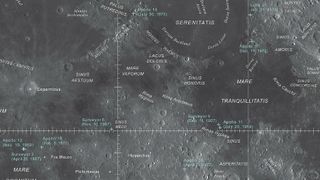
Online since 15 October are the Image Mosaic and Topographic Maps of the Moon, which the United States Geological Survey has created from photos by NASA's Lunar Reconnaissance Orbiter (LRO). They effectively replace the Lunar Chart, which was last updated in 1979, although never used. The maps are so detailed that Apollo landing sites can be seen.
"Images from the LRO Camera have greatly advanced our knowledge of the Moon," said Dr. Mark Robinson, the principal investigator for the LRO Camera and a professor at Arizona State University. "High-resolution images have revealed very young lunar volcanoes ten to 100 million years old, contrary to conventional wisdom which suggests that lunar volcanism ceased between one and two billion years ago."
Galactic gigabytes
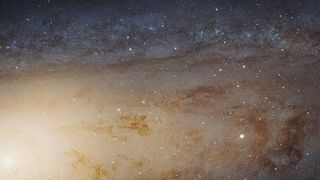
Even Hubble's awesome Jupiter renderings are nothing compared to what the space telescope has recorded while pointed at M31 – our nearest major galaxy neighbour, better known as Andromeda. The above image is the largest and sharpest ever taken of this spiral galaxy, 2.5 million light-years distant.
The image's incredible 1.5 billion pixels mean that more than 600 HD television screens would be required to display all of it. Whether or not you've got a widescreen Ultra HD monitor, this is another image that's best appreciated using the online zoom tool.
When you've got 100 million stars stretching across over 40,000 light-years to study, 4K resolution – and then some – is everything.
Jamie is a freelance tech, travel and space journalist based in the UK. He’s been writing regularly for Techradar since it was launched in 2008 and also writes regularly for Forbes, The Telegraph, the South China Morning Post, Sky & Telescope and the Sky At Night magazine as well as other Future titles T3, Digital Camera World, All About Space and Space.com. He also edits two of his own websites, TravGear.com and WhenIsTheNextEclipse.com that reflect his obsession with travel gear and solar eclipse travel. He is the author of A Stargazing Program For Beginners (Springer, 2015),

